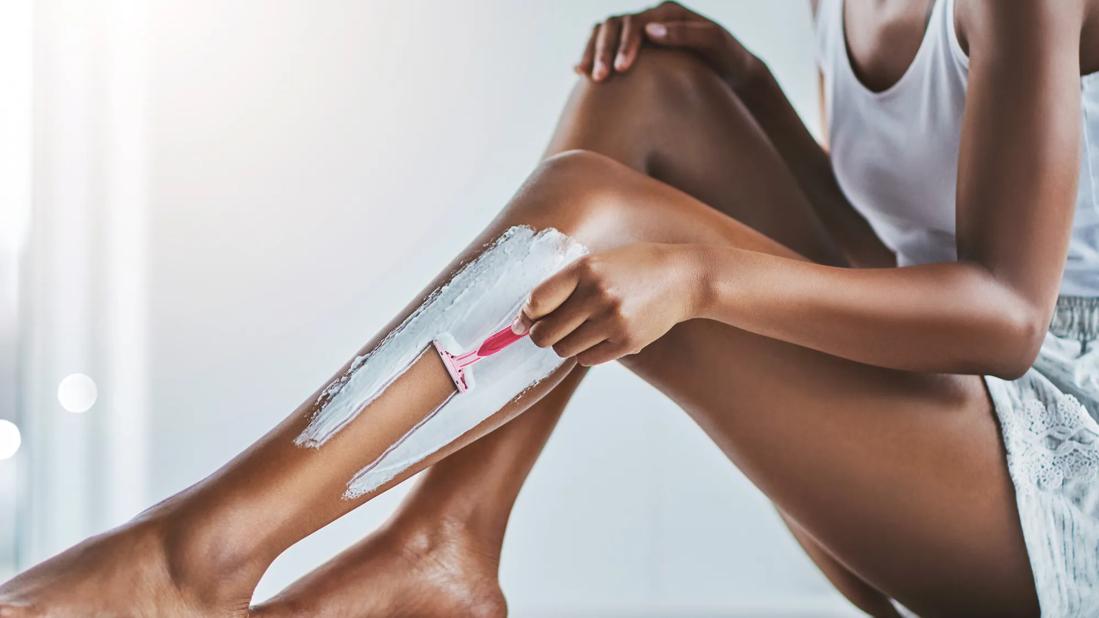Two routes to smooth, hair-free skin

It’s the eternal struggle of hair removal – the debate between shaving and waxing.
Advertisement
Cleveland Clinic is a non-profit academic medical center. Advertising on our site helps support our mission. We do not endorse non-Cleveland Clinic products or services. Policy
Some people shave or wax to enjoy smooth, hair-free legs, armpits, faces and bikini lines, while others do it to sport smooth and hairless chests and backs.
But what’s easier and better for your skin (and wallet)? Dermatologist Sarah Young, MD, gives us the pros and cons of shaving and waxing.
Advertisement
Take your time with shaving and use moisturizing products if your skin is sensitive. Never shave dry and choose shaving cream over soap. Wait until the end of your shower or bath to shave, when pores are open and skin has softened. One of the top shaving mistakes is shaving “against the grain,” so instead, shave in the direction that your hair grows to avoid ingrown hairs.
Waxing takes skill, so start at a salon or have someone more experienced teach you how to do it first. Keep an eye on temperatures when warming the wax to avoid burning your skin. For the best results, splurge on a trip to the salon with a professional.
Both techniques get rid of unnecessary hair and leave your skin feeling smooth. But both require extra care in sensitive areas – the bikini line for waxing and the joints, skin folds and bikini line for shaving.
It’s worth experimenting with both shaving and waxing to find out what method you prefer (and maybe even look into laser hair removal). Specific hair type, skin type and area that you’d like to remove hair from will all play a factor in your decision. The cost and ease of access is another important aspect to consider.
In the end, it comes down to your own personal preference, but a board certified dermatologist can give you solid advice and discuss what option might be best for you, especially when it comes to your hair and skin.
Advertisement
Learn more about our editorial process.
Advertisement

This old-school hair removal method is painless if done correctly — but it’s not for everybody

They work for some skin types but are less efficient — and messier — than shaving

A paste of sugar, lemon and water can be gentler than traditional waxing

Pros, cons and how to prep to go hair-free

Walk through the process

With repeat injections over time, you may be able to slow the development of new wrinkles

Pantothenol is a powerful moisturizer and can help repair damaged skin and hair

This alternative to retinol may be easier on sensitive skin

Type 2 diabetes isn’t inevitable with these dietary changes

Applying a hot or cold compress can help with pain